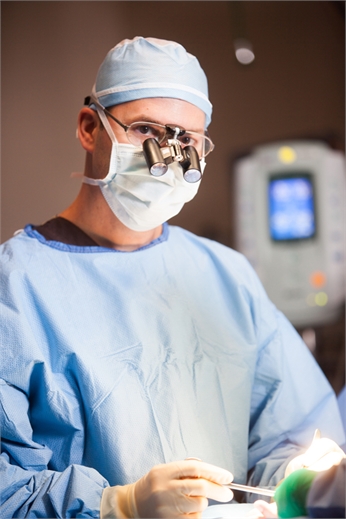Home | Education | Arthritic Conditions

Learn more about Arthritic Hand Conditions
Learn more about Basal Joint Arthritis/Thumb Arthritis
Learn more about Hand Joint Arthritis
Learn more about Joint Replacement Surgery
Learn more about Rheumatoid Arthritis
The information on this webpage is based on material from the American Society for Surgery of the Hand and is for educational purposes only.

Arthritic Conditions
Arthritic Hand Conditions
Arthritis can affect any joint in the body, but it is most visible when it strikes the hands and fingers. Each hand has 27 bones plus the two bones of the forearm that help define the wrist.Learn more about Arthritic Hand Conditions
Basal Joint Arthritis/Thumb Arthritis
Any condition that irritates or destroys a joint is called arthritis. In a normal joint, cartilage covers the ends of the bones and allows them to move smoothly and painlessly against one another. With osteoarthritis (also called degenerative arthritis), the cartilage layer wears out and the bones rub against each other. As the cartilage layer continues to wear out, symptoms of arthritis develop and the joint is eventually destroyed.Learn more about Basal Joint Arthritis/Thumb Arthritis
Hand Joint Arthritis
The knuckle joints in the fingers act as hinges between the long bones in the hand and the smaller bones in the fingers. These joints are called metacarpophalangeal joints or MP joints of the hand. The MP joints are important to the hand for gripping and holding things. Pain and deformity in the knuckle joints of the fingers are common in rheumatoid arthritis but can also occur with trauma, gout, psoriasis, or other diseases. Diseases such as those mentioned can injure the MP joints by ruining the structures and muscles that move the joint, or by destroying the surface of the joint causing pain and deformity in the knuckle.Learn more about Hand Joint Arthritis
Joint Replacement Surgery
In a normal joint, bones have a smooth, glistening surface made of a substance called articular cartilage on their ends that allows one bone to glide easily against another. Joints are lubricated by a thin layer of fluid (synovial fluid) that acts like oil in an engine to keep moving parts gliding smoothly. When the articular cartilage wears out or is damaged or the joint fluid is abnormal, problems develop and joints often become stiff and painful – that’s arthritis. There are many types of arthritis, but the basic problem is the same in all types: the joint surfaces are worn out or not moving properly. In some cases, it may be possible to treat arthritic joints surgically, including "joint replacement" procedures.Learn more about Joint Replacement Surgery
Rheumatoid Arthritis
In the early stages of the disease, joint problems are the most common symptoms. A general sense of being tired, or just not feeling quite right, often happens before the slow start of joint pain and swelling. Morning stiffness is a frequent complaint.Learn more about Rheumatoid Arthritis